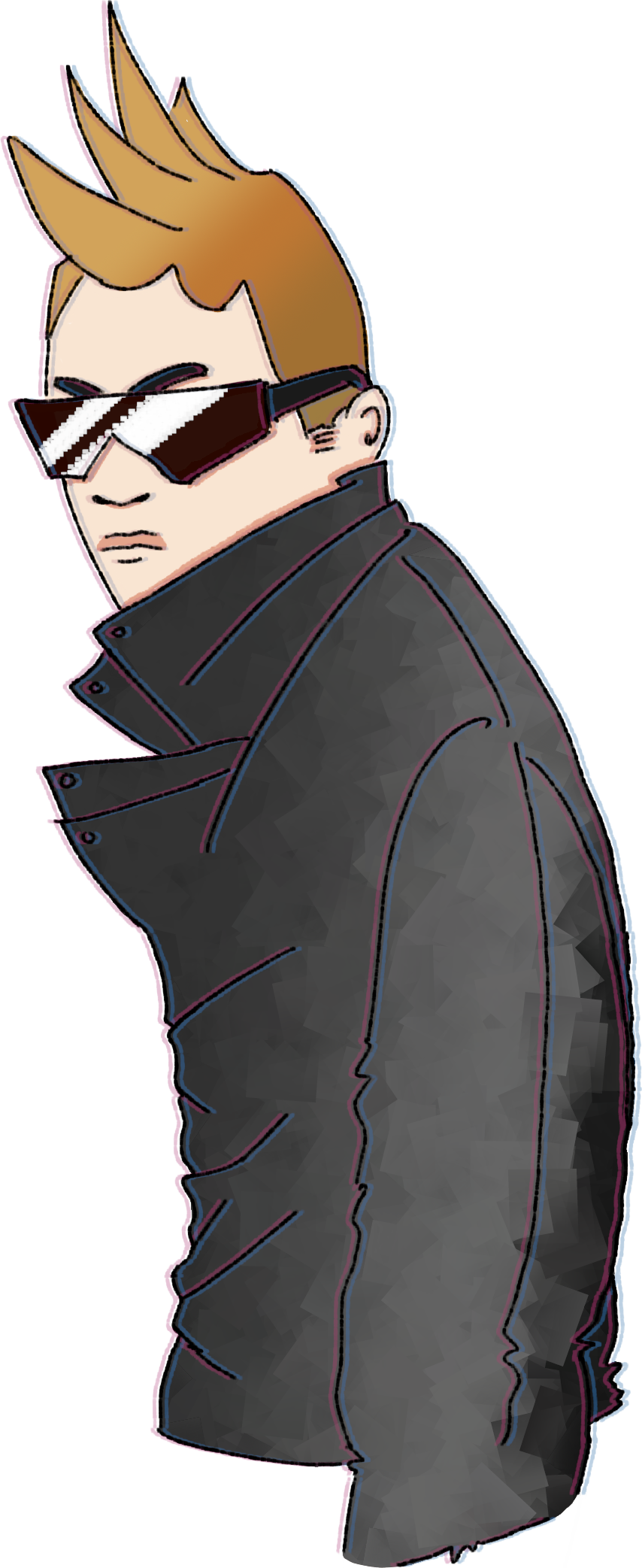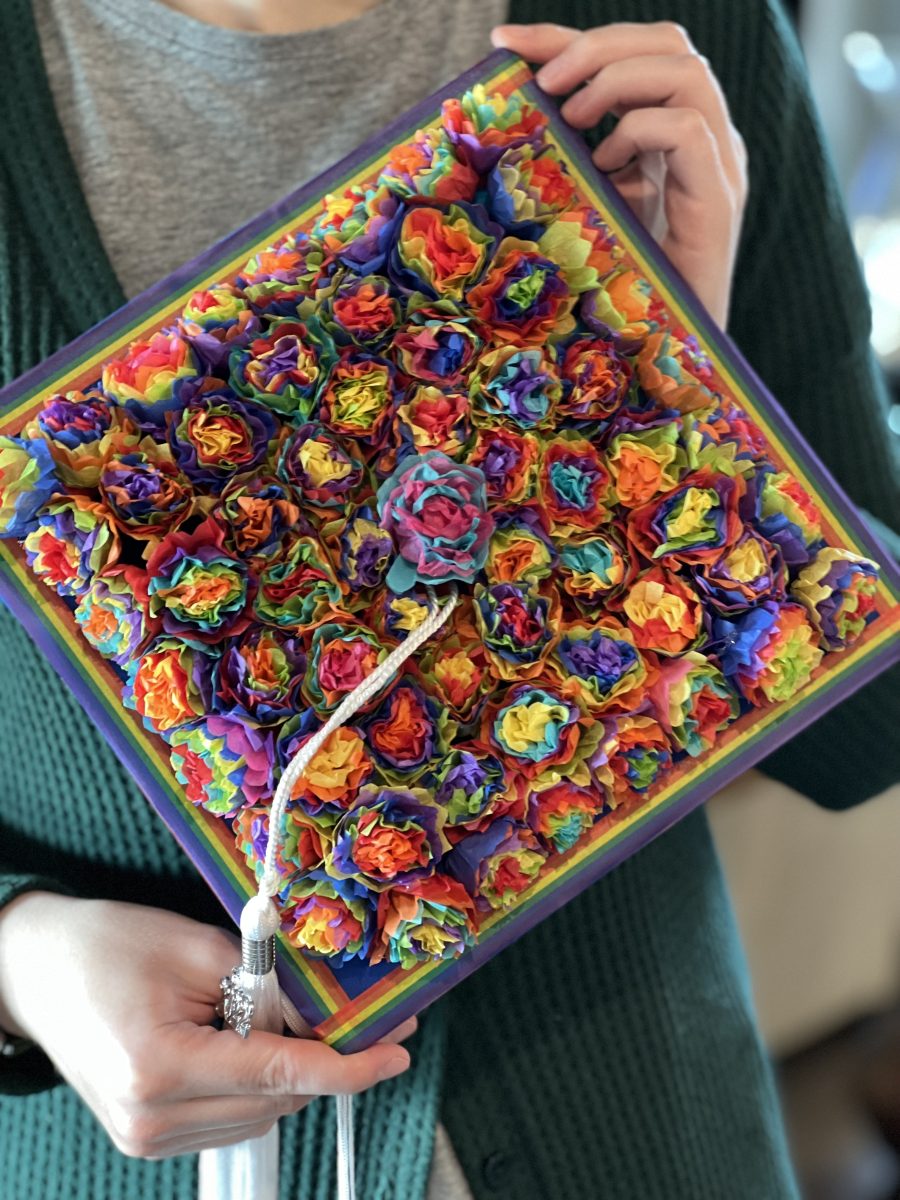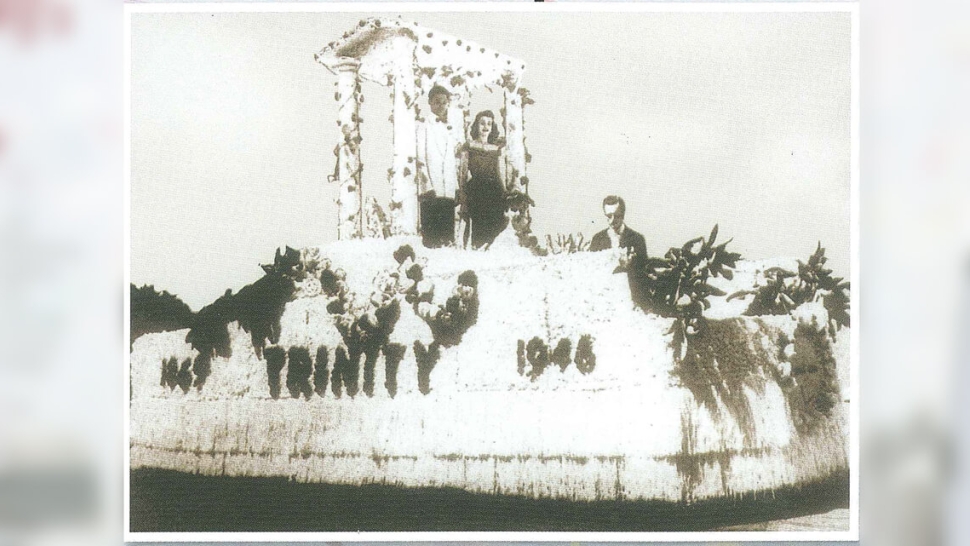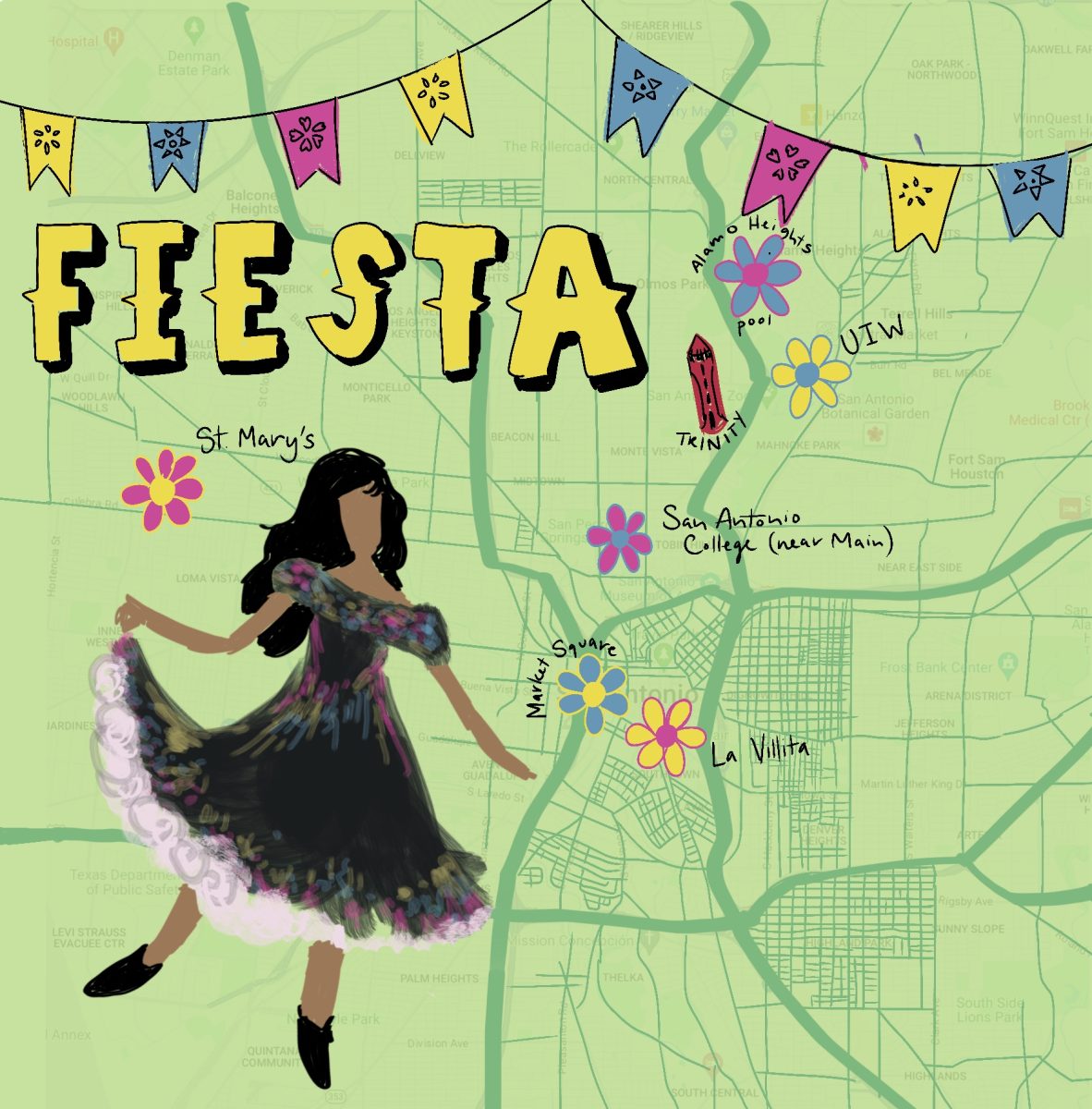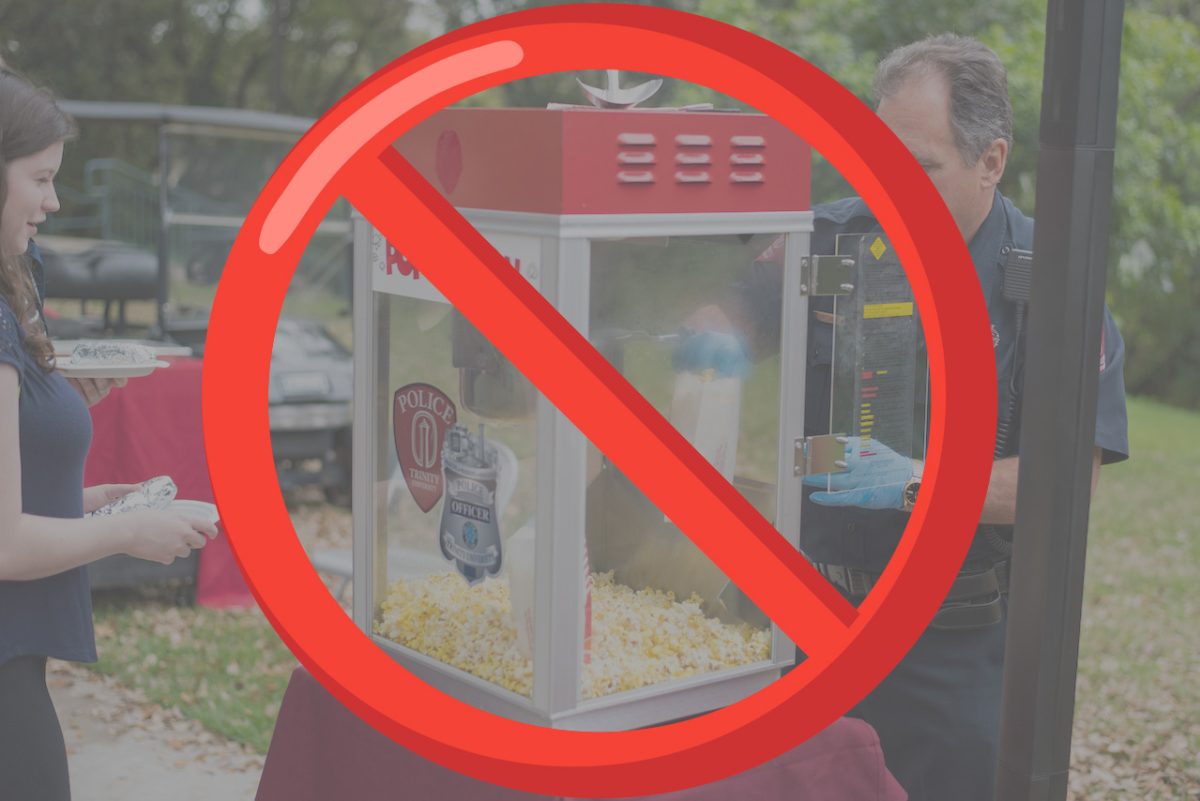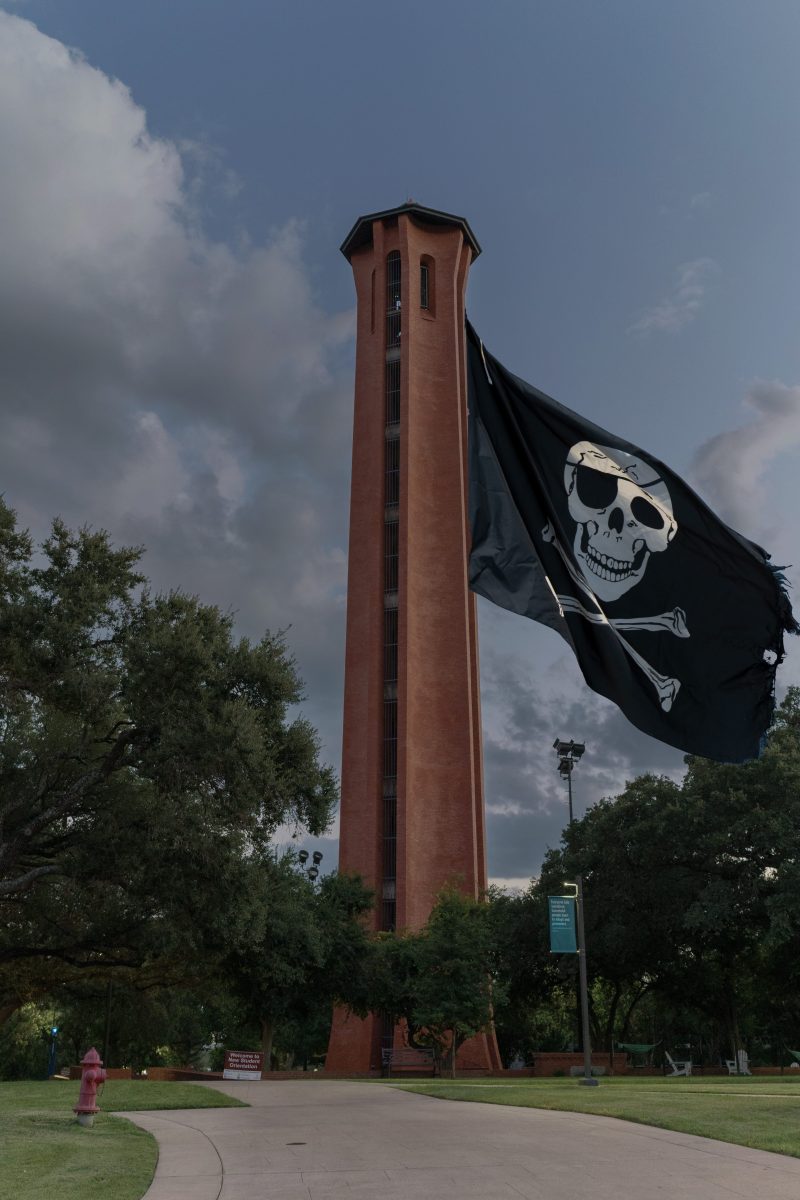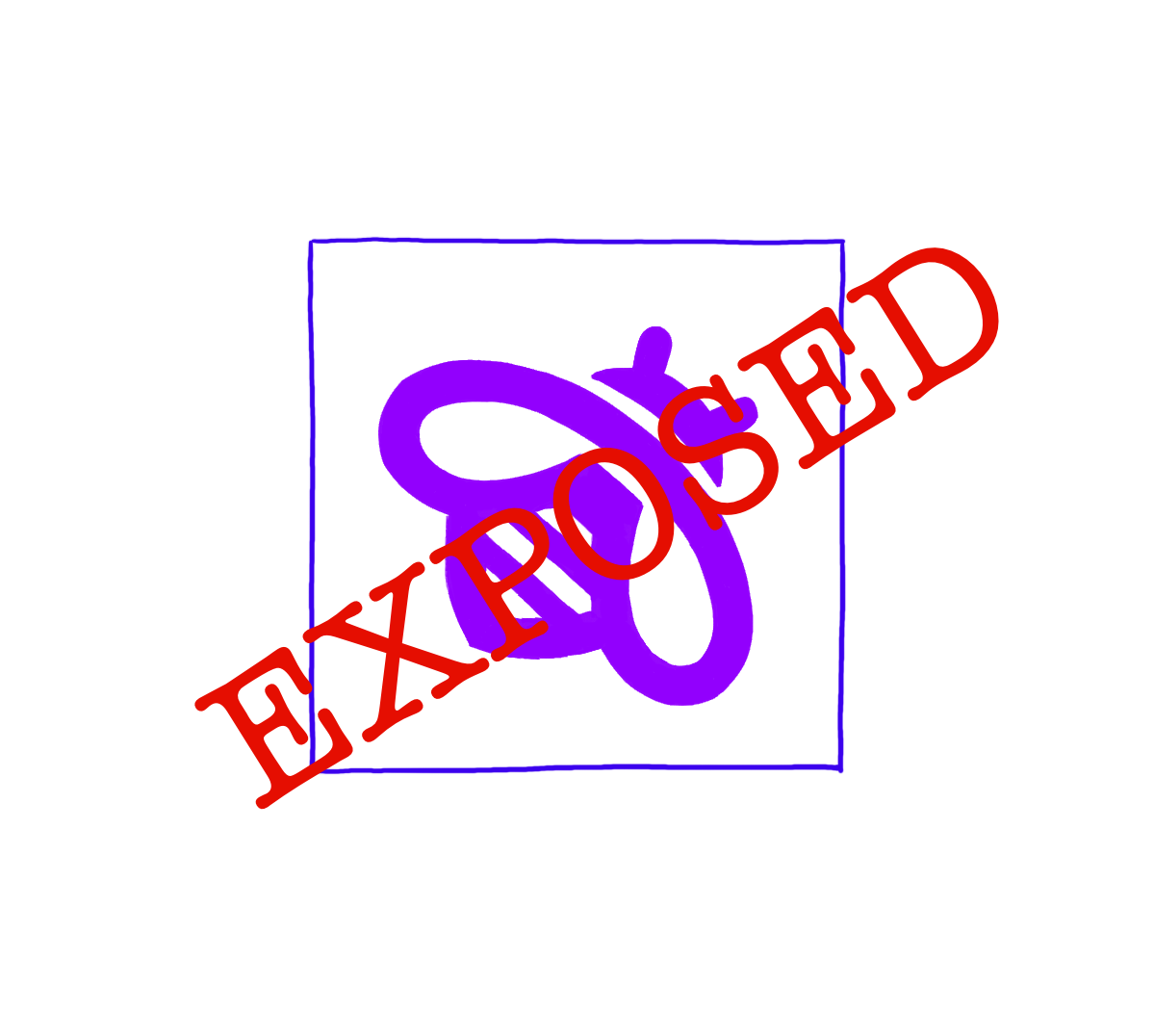illustration by Gracen Hoyle
What comes to mind when you think of punk music?
I think of a stereotypical rocker fitting a vibrant mohawk with some cool-looking jean chains and an intimidating barrage of piercings and tattoos, Tony Hawk, and its unwavering nonconformity with much enchantment and admiration.
At punk’s bustling core is the profound realism of a culture’s political and socioeconomic state. A grimy and audacious subculture, the scene got its roots during the 1970’s in New York City–bands such as The Ramones, Black Flag, and Green Day catapulted its appeal. Although much is known about American and Britain based punk scenes, very little has been dug about one of the craziest scenes I have ever encountered: Japan’s dangerous and extreme noise and punk scene back in the 1980’s.
Thanks to a severe recession and political unease, punk was able to evolve in the chaotic manner it did in Japan and allowed the youth to funnel their rage. By adopting elements of danger and noise music, the intensity of Japan’s hidden punk scene is very memorable and haunting.
To showcase Japan’s unnoticed and abrasive punk scene, I will detail five significant noise bands.
1. Hijokaidan
Hijokaidan, which is Japanese for “emergency staircase”, is Japan’s first and longest-running noise band. Active since 1979, founder Jojo Hiroshige has maintained a revolving lineup with up to fourteen members at one point. The main attraction for Hijokaidan was the obscene nature of their performances: demolition of venue and audio gear, food, rotting flesh, and trash being thrown around, and on-stage urination and vomiting.
2. Cosmic Coincidence Control Center (C.C.C.C)
Founded in 1989, the core members of C.C.C.C were Hiroshi Hasegawa and former bondage-porn star Mayuko Hino. A staple of their shows were throwing of plastic bags of urine into the audience and Hino engaging in liberating acts such as stripteasing. Hino valued an emotional and cathartic approach to noise music; many of the band’s albums are considered to be one the more sonically diverse and distorting end of the subgenre. In 1997, Hasegawa and Hino alongside Hiroshige of Hijokaidan performed on Italian TV. It was very intriguing to watch, especially when you look at the how distressed and confused to audience was.
3. Hanatarash
One of the most dangerous live bands to date, Hanatarash, was founded by Yamantaka Eye in 1984. Eye sought to shock and discomfort the audience as much as possible and proved to be successful at it. The band’s extreme shows saw Eye cutting a dead cat in half with a machete, strapping a circular saw to his back, and driving a bulldozer through the venue. Unsurprisingly, the band was banned from live performances.
4. Aube
Aube is the stage name of Japanese noise musician, Akifumi Nakajima. Aube rarely considered himself a musician and preferred to be called a sound designer. With this approach, each record he put out was comprised of only one material source. Sources he used were water, fluorescent lamps, brain waves, Bible pages, heartbeats, and field recordings. Nakajima collaborated with C.C.C.C and Hijokaidan; unfortunately, there are no online recordings.
5. Merzbow
Merzbow, which is Japanese artist Masami atika’s moniker, is considered to be one of the most influential noise groups ever. With 320+ studio albums, he was influenced by dadaism, surrealism, and countless music styles. Masami revolutionized the field of experimental and noise music. If you are interested in dipping your toes in the noise genre, Merzbow would be a very good start.

